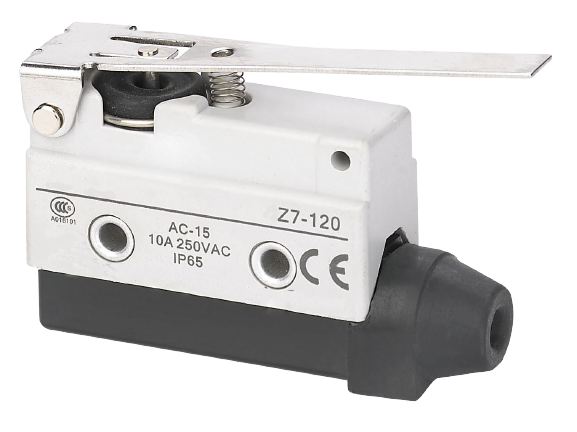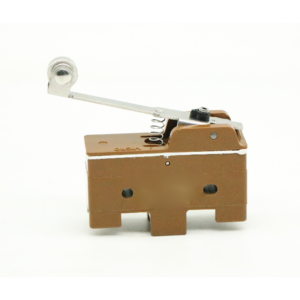Limit switches play a crucial role in various industrial and automation applications. However, they are prone to failures due to various reasons, including electrical and mechanical issues. In this article, we’ll explore the common causes of limit switch failures and provide effective solutions to help you troubleshoot and resolve these issues.
Electrical Failures:
One of the leading causes of limit switch failures is electrical issues. Overloading the switch, for instance, can occur due to system factors or faults. To address this, you can opt for switches with a higher switching current capacity or utilize isolation relays to expand the contact capacity.
Contact system problems are another common electrical issue. These may require cleaning, adjustment, or replacement of the limit switch. Additionally, corrosion and short circuits can lead to failure. Affected parts should be cleaned and treated, and depending on the severity, you may need to replace the entire switch or use corrosion-resistant coatings for continued use.

Mechanical Failures:
Mechanical issues are also a significant contributor to limit switch failures. A small travel distance can result in excessive mechanical impact, causing damage to the switch. It’s crucial to ensure proper installation and use the switch in its specified environment, avoiding flammable or corrosive atmospheres.
Chemical corrosion, especially from seawater, can severely impact the durability of limit switches. Be mindful of the switch’s environment and take necessary precautions. Impact and vibration can damage mechanical connections, causing internal components to wear and reduce the switch’s lifespan. Industrial-grade limit switches offer varying NEMA/IP protection ratings, protecting against factors like rain, moisture, hail, and liquid splashes.
Misalignment of the switch’s actuation point can also lead to failures. This can be due to loss of elasticity in internal springs, wear and tear of internal mechanisms, or loose mounting screws. Solutions include adjusting the stop block or cam, optimizing the actuator rod, installing a deceleration device, changing the installation position, or resetting the travel distance.
When troubleshooting limit switch failures, it’s essential to identify the specific cause and take appropriate measures. This may involve checking power and wiring, replacing damaged components, adjusting the limit device’s position, or performing regular maintenance and inspections. By understanding the common causes and solutions for limit switch failures, you can ensure the smooth and reliable operation of your industrial systems.
Web:www.cnswitch.cn;
Tel/Fax: 0086-577-62840011
WhatsApp: 008613355775769





